Goldmoss Stonecrop, also known as Biting Stonecrop, Common Stonecrop, or simply Moss Stonecrop, is a hardy and low-maintenance perennial belonging to the Crassulaceae family. Native to regions from Greenland and Eastern Europe to the Mediterranean, Balkans, and the Caucasus, this resilient plant thrives in diverse environments.
This succulent is well-loved for its adaptability and striking appearance. Its vibrant green foliage and cheerful yellow blooms make it a standout in rock gardens, borders, and ground covers. Goldmoss Stonecrop is particularly suited to poor soils, including sandy or gritty textures, where many plants struggle to survive.
Whether you’re an experienced gardener or just starting, Sedum acre is a fantastic choice for adding texture and color to your landscape. Its ability to flourish with minimal care makes it an excellent option for a variety of garden styles. Keep reading to learn more about this charming plant and how to grow it successfully.
| Common name | Goldmoss Stonecrop, Biting Stonecrop, Common Stonecrop, Gold-moss, Moss Stonecrop, Stonecrop |
| Botanical name | Sedum acre |
| Family | Crassulaceae |
| Species | acre |
| Origin | Greenland, Eastern Europe to Mediterranean, Balkans and Caucasus |
| Life cycle | Perennial |
| Plant type | Ground Cover |
| Hardiness zone | 3, 4, 5, 6, 7, 8, 9 |
| Sunlight | Full Sun |
| Maintenance | Low |
| Soil condition | Sand |
| Soil ph | Alkaline |
| Drainage | Well-Drained |
| Growth rate | Fast |
| Spacing | 12 in. – 3 ft. |
| Flowering period | Summer |
| Height | 1 in. – 4 in. |
| Flower color | Gold, Yellow |
| Leaf color | Green |
| Fruit type | Capsule |
| Leaf benefit | Long-lasting |
| Flower benefit | Showy |
| Garden style | Butterfly Garden |
| Uses | Container |
I. Appearance and Characteristics
Sedum acre, commonly known as the goldmoss stonecrop, mossy stonecrop, goldmoss sedum, biting stonecrop, and wallpepper, is a perennial flowering plant in the family Crassulaceae. It is native to Europe, but also naturalised in North America, Japan, and New Zealand.
Biting stonecrop is a tufted evergreen perennial that forms mat-like stands some 5 to 12 cm (2 to 5 in) tall. For much of the year, the stems are short, semi-prostrate and densely clad in leaves. At the flowering time in June and July, the stems lengthen and are erect, somewhat limp and often pinkish-brown with the leaves further apart. The leaves are alternate, fleshy and shortly cylindrical with a rounded tip.
They are also sometimes tinged with red. The starry flowers form a three to six-flowered cyme. The calyx has five fleshy sepals fused at the base, the corolla consists of five regular bright yellow petals, there are ten stamens, a separate gynoecium and five pistils. The fruit consists of five united, many-seeded follicles. The leaves contain an acrid fluid that can cause skin rashes.
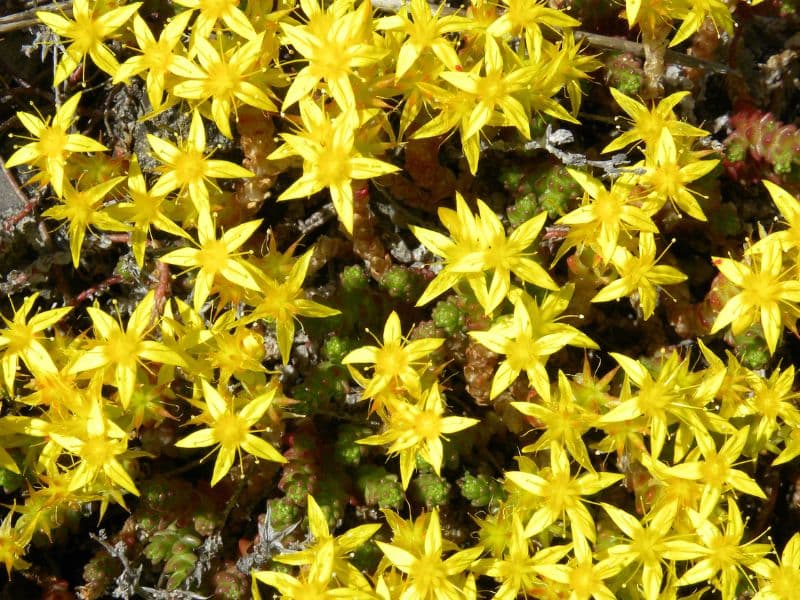
Biting stonecrop is a low-growing plant that cannot compete with more vigorous, fast-growing species. It is specially adapted for growing on thin dry soils and can be found on shingle, beaches, drystone walls, dry banks, seashore rocks, roadside verges, wasteland and in sandy meadows near the sea.
Biting stonecrop spreads when allowed to do so, but is easily controlled, being shallow-rooted. It is used in hanging baskets and container gardens, as a trailing accent, in borders, or as ground cover. This plant grows as a creeping ground cover, often in dry sandy soil, but also in the cracks of masonry. It grows well in poor soils, sand, rock gardens, and rich garden soil, under a variety of light levels.
II. How to Grow and Care
Sunlight
Goldmoss stonecrop thrives best in full sun conditions where it can receive at least six hours of direct sunlight daily, promoting vigorous growth and profuse flowering. It tolerates partial sun; however, reduced light may lead to suboptimal growth and fewer blooms. Goldmoss stonecrop’s foliage may exhibit color intensification when exposed to bright light, underscoring its adaptability. Outdoors, goldmoss stonecrop prefers sunny rock gardens or borders, whereas indoors, it should be placed in south-facing windows to mimic its natural light preferences.
Temperature
Goldmoss stonecrop grows in mild temperatures in spring and fall, and cannot resist extreme cold. If you are not in a warmer area, grow it as a potted plant better rather than directly in garden soil.
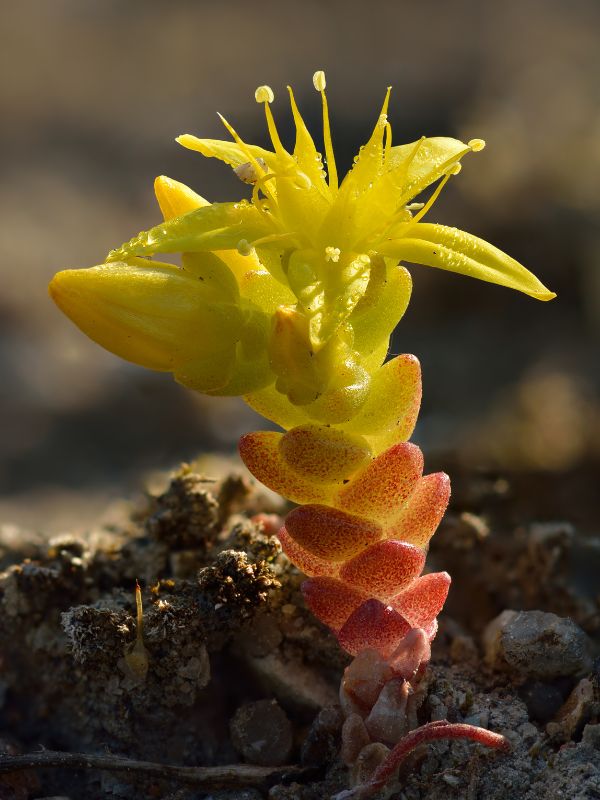
When the temperature is higher than 30 ℃ in summer, goldmoss stonecrop may become dormant. When the temperature is lower than 5 ℃ in winter, move it indoors to avoid irreversible frostbite or death. Its growing season is in spring and fall, and it needs a little water. In summer and winter, when it is dormant, watering should be reduced.
Watering
Thriving in arid conditions, goldmoss stonecrop is well-adapted to retain moisture, making it highly drought-tolerant. Its succulent nature allows for infrequent watering, aligning with its natural habitat’s low rainfall levels. Watering should occur once every 2-3 weeks, ensuring the soil dries out between sessions to mimic its native environment. As an outdoor plant often found in rock gardens and crevices, goldmoss stonecrop’s ability to flourish with minimal water input makes it a perfect candidate for xeriscaping, leveraging its drought-resilient traits.
Soil
Loose, ventilated soil is very important for the growth of goldmoss stonecrop. Generally speaking, the soil is divided into three layers. From top to bottom: the top deco layer, the middle planting layer, and the lower hydrophobic layer. Each requires different types of soils.
The top deco soil is paved on the soil surface for the decoration and fixation of plants. Some can prevent diseases and insect pests. When it’s completely dry, it’s time to water. There are many types of soil that can be used as top deco soil, such as white pebble, akadama soil, kiryuu sands, kanuma soil, etc. Choose it according to specific pots and plants.
The middle layer soil fixes plants in place and provides nutrients for plants to grow. You can buy succulent planting soil from a store, or buy soil materials to mix yourself. The common soil formulation for this layer is peat moss:perlite:volcanic rock:vermiculite = 4:2:2:2.
The soil of the lower hydrophobic layer is placed at the bottom of the flowerpot or garden hole to evacuate the excess water in the succulent root system and prevent the root system from rotting due to water accumulation. The hydrophobic layer can be made of ceramsite, volcanic stone, or other large-scale culture media. Coal slag or charcoal are also good choices. If it is planted in the garden, make sure the bottom drainage layer has good water permeability.
Fertilizing
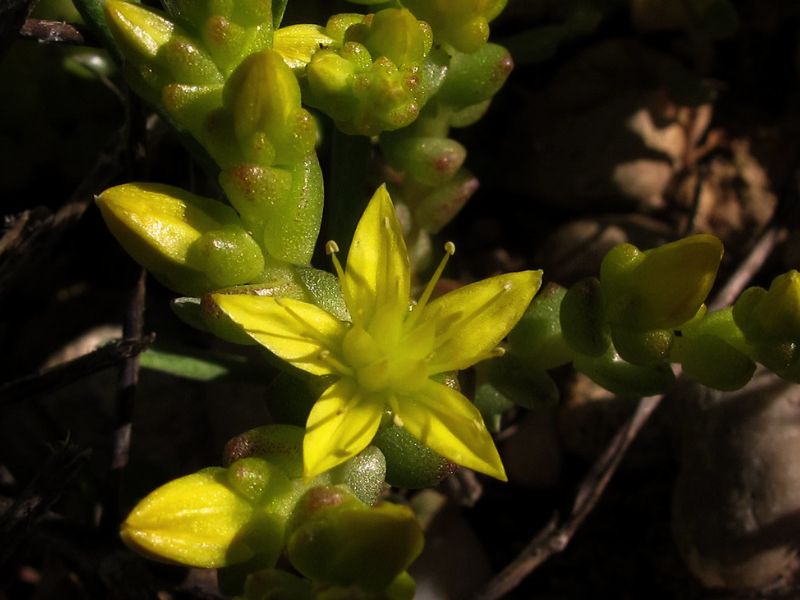
Fertilize goldmoss stonecrop sparingly with succulents and cacti food, ideally during the active growing season in spring and summer. Quarterly applications are sufficient, using half the recommended dose to avoid over-fertilization, which can harm goldmoss stonecrop’s delicate root system and impede its natural hardiness. Adequate fertilization encourages vibrant foliage and blooms, enhancing goldmoss stonecrop’s beauty and resilience. Avoid fertilizing in winter when goldmoss stonecrop is dormant. Always water goldmoss stonecrop after fertilizing to distribute nutrients evenly and prevent root burn.
Pruning
In order to keep a beautiful shape, large succulent plants may need pruning. For example, for echeveria planted in the garden, redundant branches or branches that are too dense need to be cut off in spring and fall. This depends on the plant’s purpose and your preference. Tools for pruning mainly include knives, scissors, and some medicines (such as sulfur powder).
In order to propagate new plants, cut some leaves in spring and fall. Select a stout stem with 5-6 leaves. Cut it off with a knife, then smear the wound with sulfur powder, and plant it after the wound is healed. Slightly wet the soil used for planting.
Propagation

There are many ways to propagate succulents. Seeds can be collected for sowing, but they are difficult to germinate. It is more common to use leaves for cutting propagation, generally in spring and fall. Select a whole leaf of a healthy plant, cut it off with a knife, and lay it flat on slightly humid soil with the leaf base close to the soil. Provide it with a suitable temperature (25 ℃) and light (bright, scattered light). In a week or two, a bud will grow at the leaf base.
Repotting
Repot goldmoss stonecrop, a hardy ground cover, in early spring every 2 years to accommodate growth. Choose a shallow, wide container that enables its creeping habit. Follow repotting with minimal watering to reduce risk of rot, ensuring the succulent characteristics of goldmoss stonecrop thrive. This resilient species requires little post-repotting care, making it ideal for both novices and seasoned gardeners.
Pests and Diseases
Mossy Stonecrop is susceptible to slugs and snails but resistant to deer and rabbit nibbling.
Sedum acre is edible in small amounts and lends a spicy flavor to recipes. Cook mature plants before consuming them while younger plants have edible stems and leaves.
There is a risk of gastrointestinal distress and poisoning when eaten in excess. Caution is advised in any quantity consumed.
III. Uses and Benefits
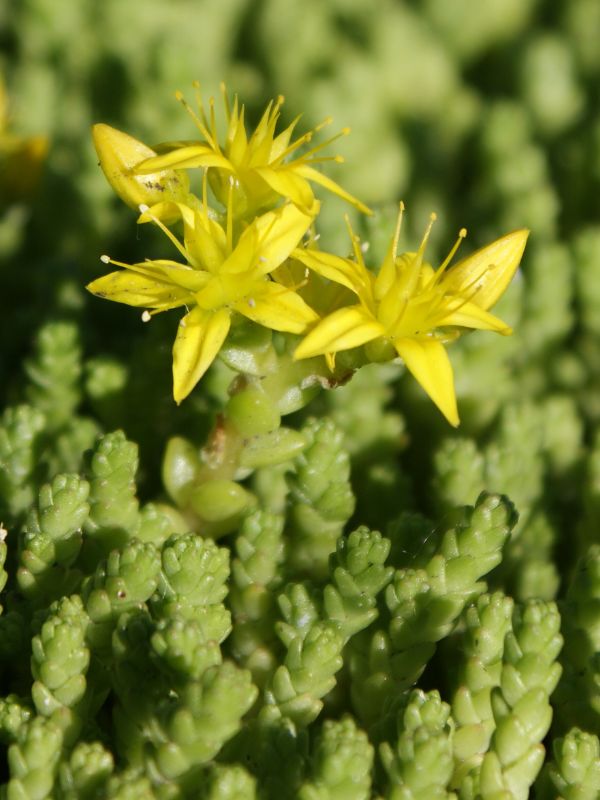
These versatile flowering plants are used both decoratively and practically.
As a decorative plant, it goes great as a houseplant and looks beautiful with other succulents.
Outdoors, grow it as a hanging plant, a rockery plant and as a ground cover plant for hot sites like rock gardens.
A powdered version of Goldmoss is also used as a treatment for many illnesses and conditions including bloating.
Find Where to Buy the Best Goldmoss Stonecrop (Sedum acre)

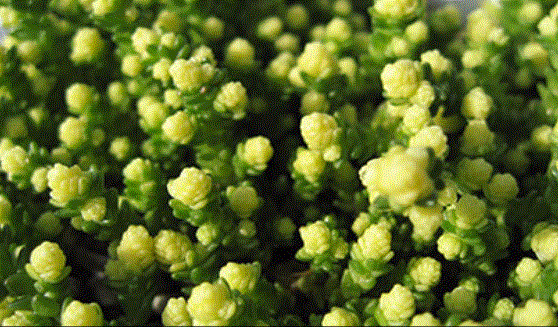


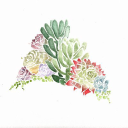
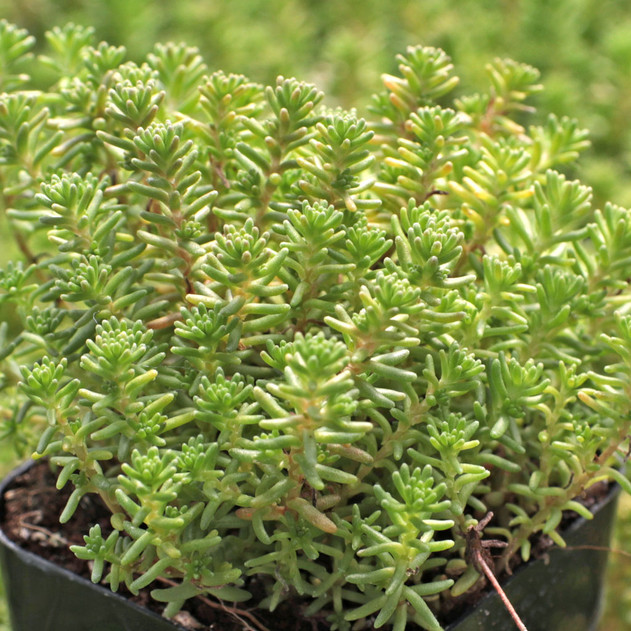

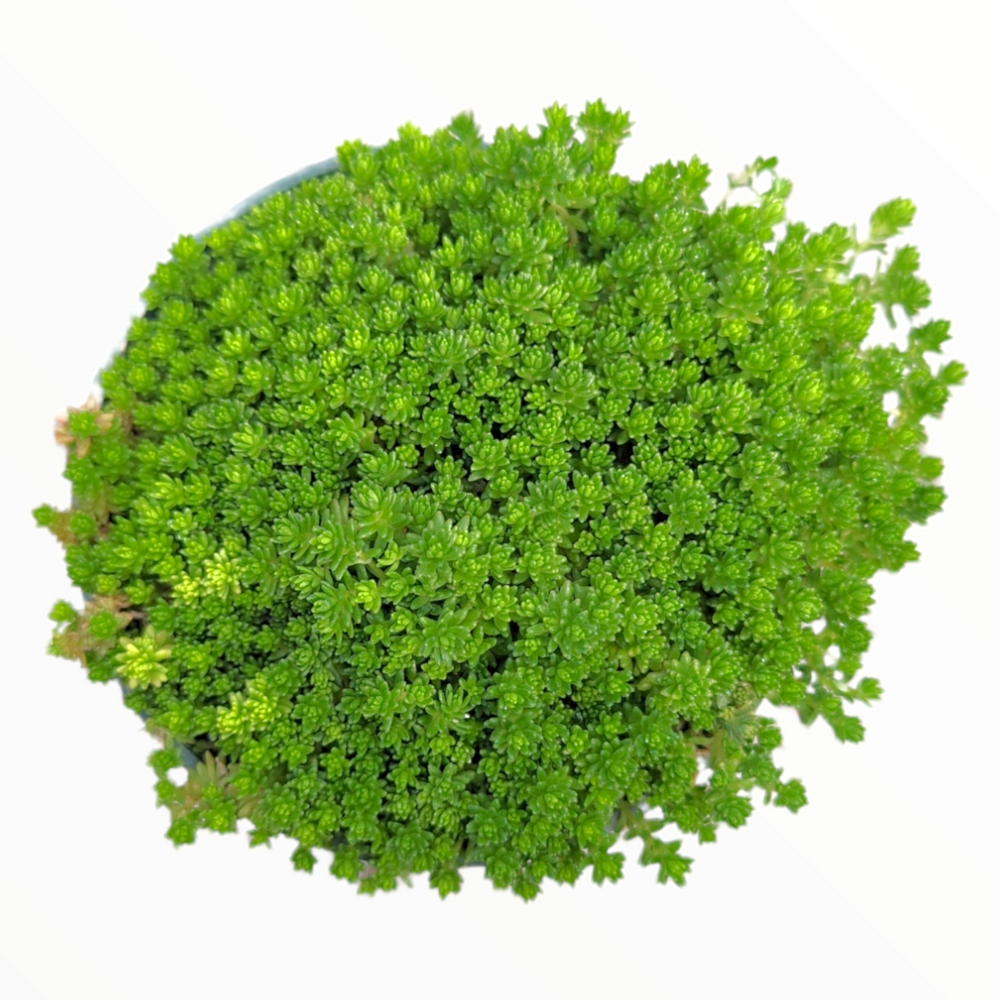


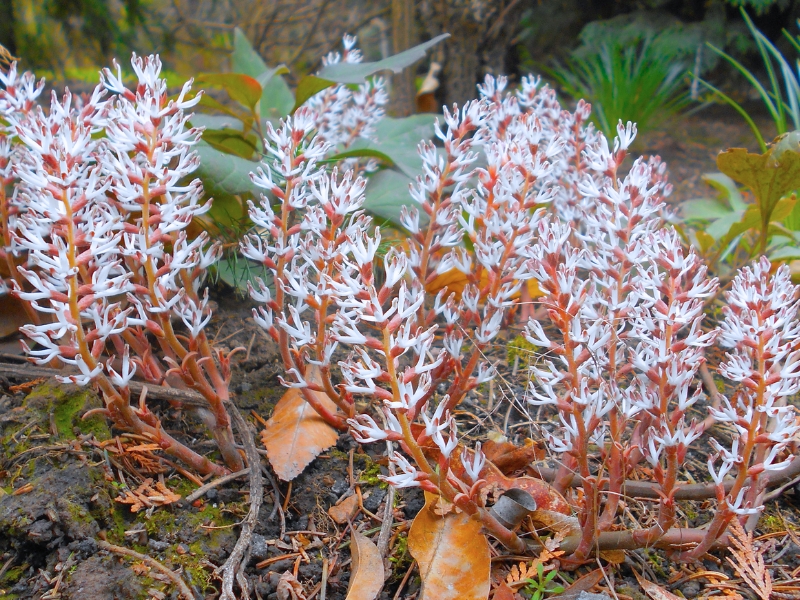

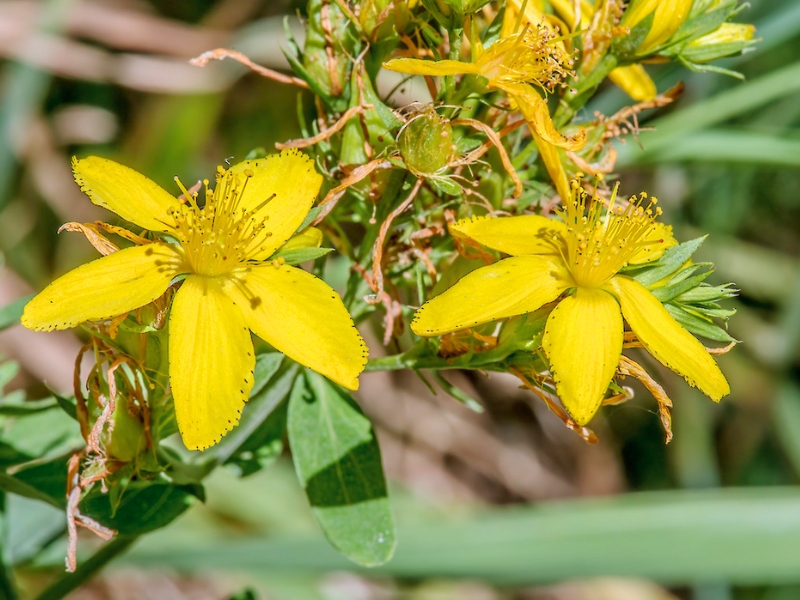
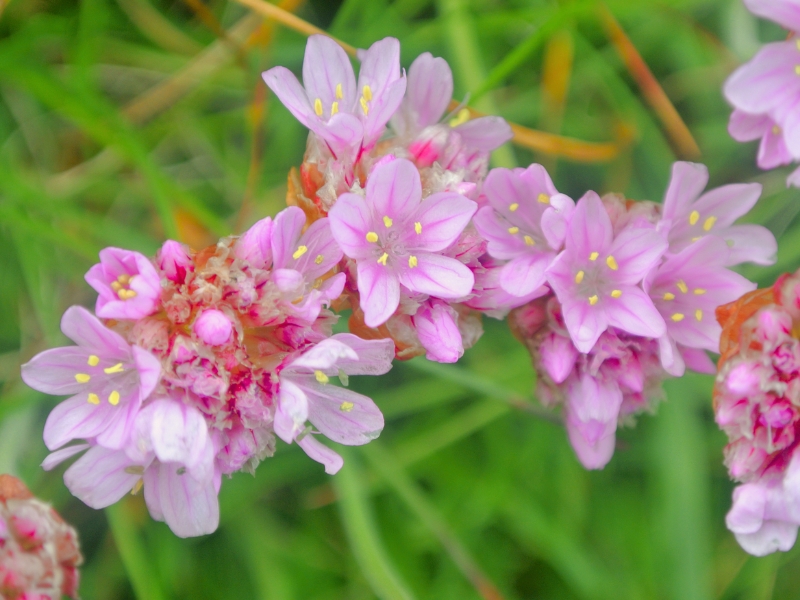
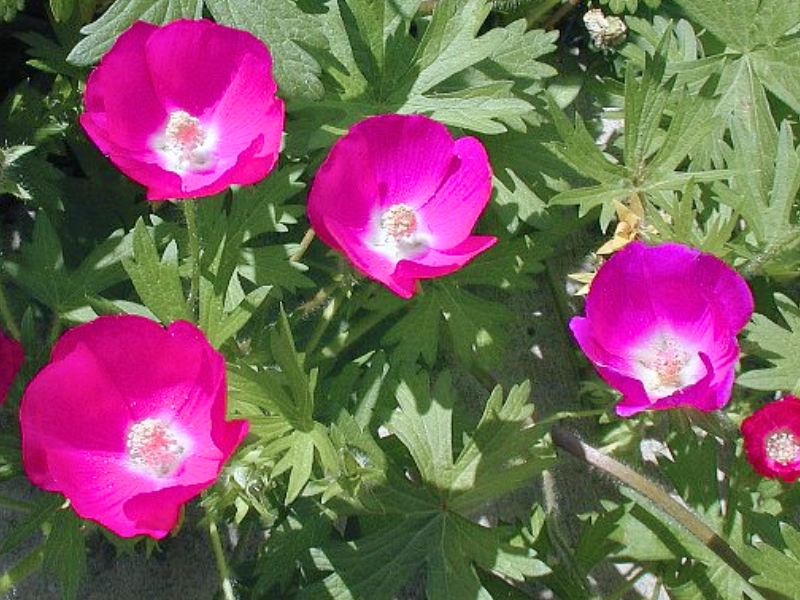
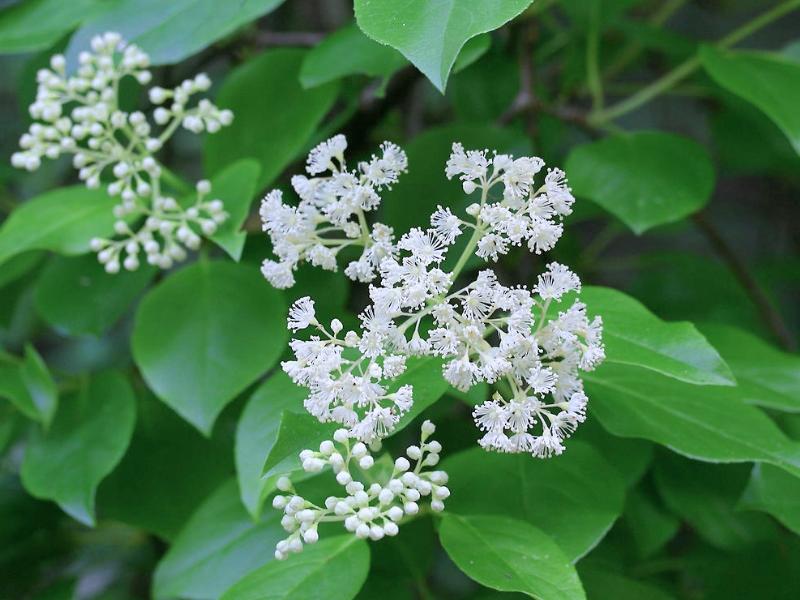
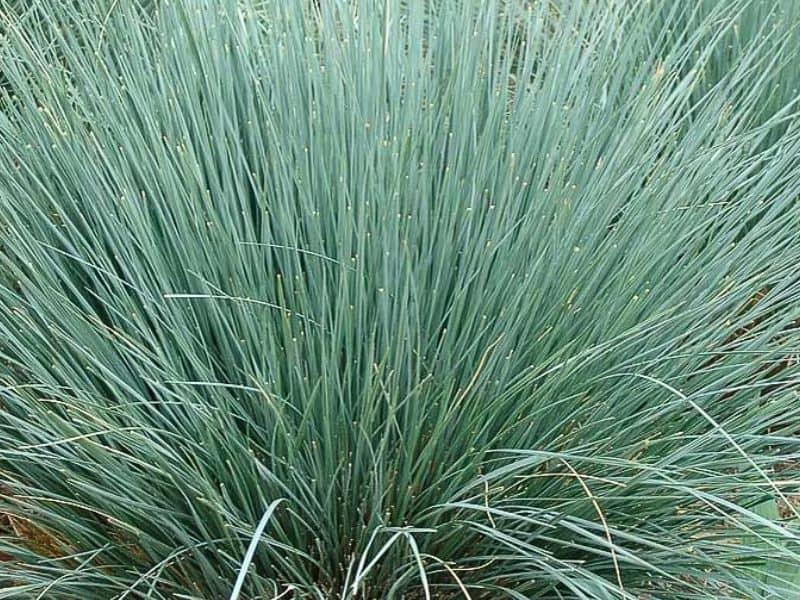
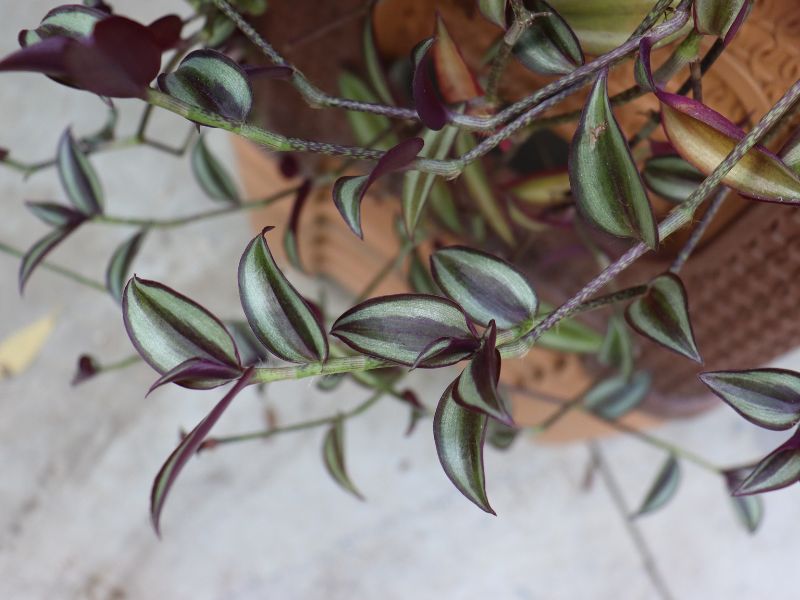
Leave a Reply